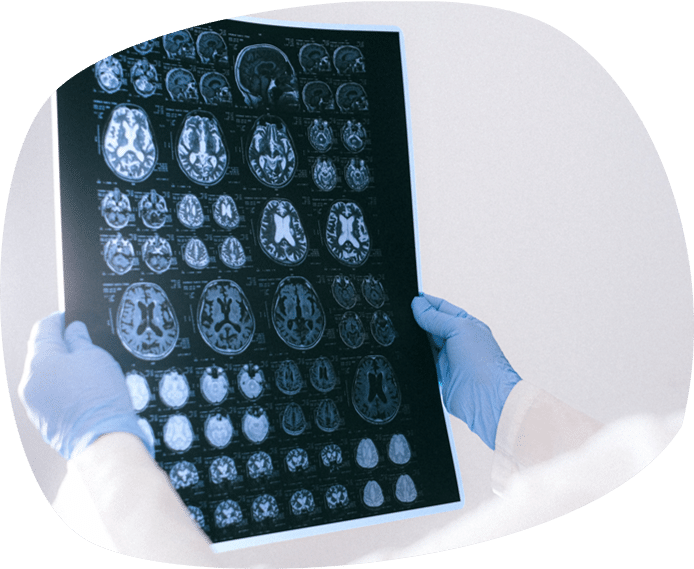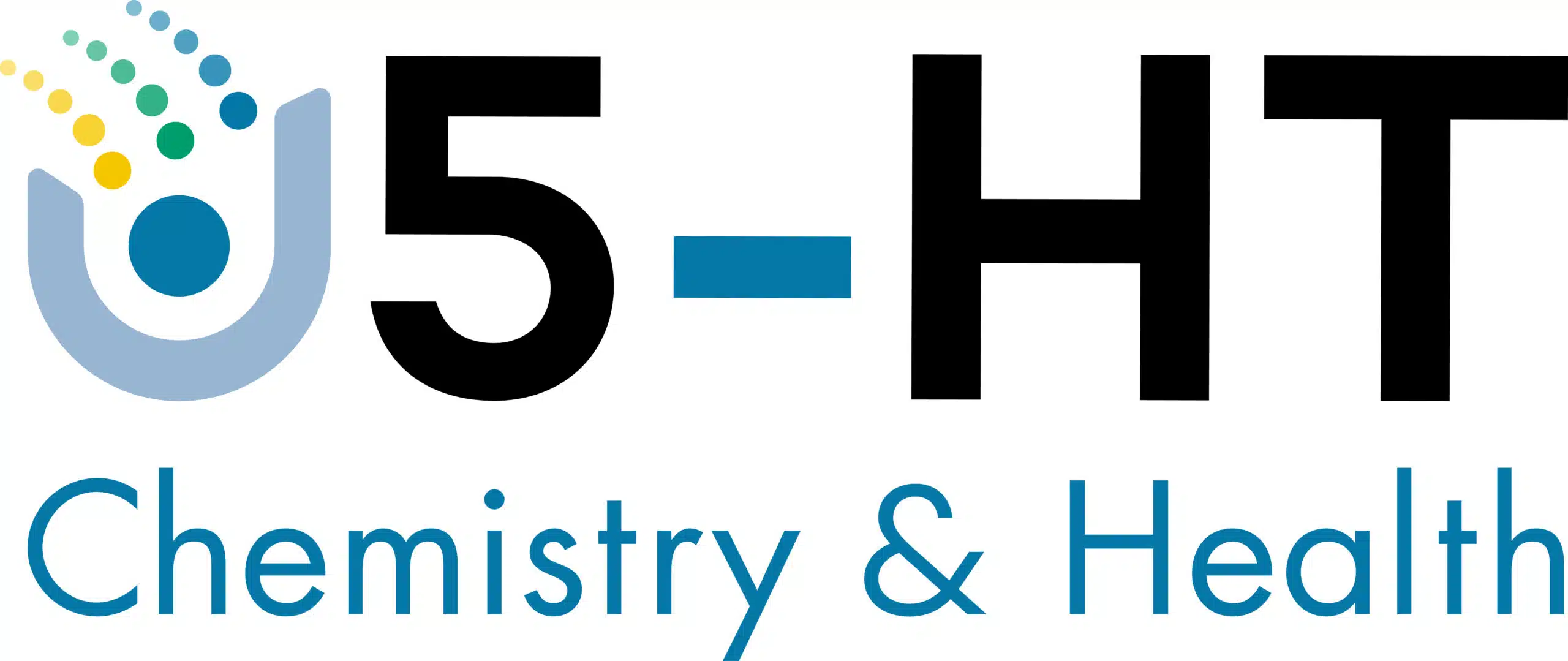Blood and organ donations save lives and significantly improve healthcare in Germany and Austria. Both countries have well-organized systems to facilitate donations, ensuring that everyone who donates blood contributes to a healthier society. In this article, you’ll learn more about the processes, regulations, and key facts surrounding blood and organ donation in these two nations.
Blood Donation in Germany and Austria
In both Germany and Austria, blood donation is entirely voluntary. Donors don’t receive fixed payments, but small tokens of appreciation or snack boxes are often provided. Strict regulations ensure the safety of donors and the quality of the donated blood.
Who Can Donate Blood? Donors must be at least 18 years old.
In Austria, there is an upper age limit of 70 years. A minimum weight of 50 kg is required. Certain conditions, such as diabetes or specific medications, may disqualify potential donors to safeguard their health and that of recipients.
Blood can be donated at mobile collection points, fixed centers, or special donation events. To ensure a smooth experience, it is advised to stay hydrated, eat lightly the day before, and avoid sports before and after donating. The process of donating blood takes about ten minutes, though the entire visit may take longer. The donated blood is used in hospitals for emergencies and surgeries. Both countries face higher demand for blood than current donation rates, highlighting the importance of donating regularly.
Types of Blood Donation
There are different types of blood donation, depending on which blood component is donated. Each type varies in procedure, duration, and frequency of donation:
Whole Blood Donation
Approximately 500 ml of blood is taken, containing all main components like red and white blood cells, plasma, and platelets. This type of donation is often used in emergencies and surgeries.
Plasma Donation
In this process, plasma—the liquid part of the blood—is extracted, while solid components are returned to the donor. Plasma donation takes about 45 minutes and can be done more frequently.
Red Blood Cell Donation
This focuses on red blood cells, which transport oxygen in the body. It is especially valuable for patients with anemia or severe injuries.
Platelet Donation
Platelets are vital for blood clotting. This donation takes longer and is crucial for patients with clotting disorders or cancer.
Organ Donation
Organ donation not only saves lives but also enhances the quality of life for critically ill individuals. The kidney is the most commonly needed organ, as many patients suffer from kidney failure. Interestingly, kidneys can also be donated by living donors because the human body can function with just one healthy kidney.
Other vital organs like the heart, liver, lungs, and pancreas are donated posthumously. These are retrieved following the donor’s death under strict medical and ethical guidelines.
The Process of Organ Donation: Organ distribution is managed through waiting lists based on criteria such as medical urgency, tissue compatibility, and overall health of the recipient. Matching blood and tissue types between donor and recipient is crucial to minimize rejection risks and improve transplant success rates.
Organ allocation requires close collaboration between medical professionals, transplant centers, and national or regional organ networks to ensure fairness and efficiency.
Misconceptions About Organ Donation
One common fear is that organ donors might be declared dead prematurely to retrieve their organs. However, this is a misconception. Before organ donation can occur, doctors must confirm irreversible brain death following strict protocols and guidelines.

Organ Donation in Germany
Germany has a low organ donation rate, with approximately 10 donors per million people, despite a need for 8,500 organs annually. On average, patients wait about eight years for a kidney—far longer than in most European countries.
The “Opt-In” System: Germany follows the “opt-in” system, meaning organs can only be donated if the deceased explicitly consented during their lifetime, often documented through an organ donor card. If no consent is recorded, family members are asked to make the decision.
This system has limitations. A represantative study demonstrated that while 73% of Germans support organ donation, only 44% have documented their decision, leaving many potential donors unregistered. This often results in families facing a difficult decision during an emotional time. If you would like to learn more about organ donation, you can do so here and order a donor card.
Organ Donation in Austria
Austria uses the “opt-out” system, making every citizen a potential organ donor unless they have explicitly objected. Objections can be registered in the official organ donation refusal registry or noted on a donor card.
Results of the Opt-Out System
This approach has led to impressive outcomes:
In 2023, about 700 people were on the organ waiting list, and a similar number of transplants were performed.
Austria has 25 organ donors per million people, ranking second in Europe after Spain (46 donors per million).
The average wait for a kidney is three years, significantly shorter than in Germany.
Making the Decision to Save Lives
Both blood donation and organ donation are acts of compassion and solidarity. A single donor can save or significantly improve the lives of multiple people. Comparing Germany and Austria demonstrates how donation systems influence participation rates and, ultimately, the ability to save lives.
If you are healthy and meet the requirements, consider donating blood and documenting your decision about organ donation. By doing so, you offer hope for a second chance at life to those in need while sparing your loved ones difficult decisions during a challenging time.
If you are interested in bone marrow donations aswell then visit the DKMS website here.


